Public Relations - Essential PR Tool

Empowering Effective Communication
Get Embed Code
An Overview of Public Relations
Public Relations (PR) encompasses the strategic communication processes that build mutually beneficial relationships between organizations and their publics. It's a multidisciplinary field that integrates marketing, communication, and strategies to manage and enhance the perception of an organization. PR professionals work tirelessly to craft and maintain a positive image for their clients, manage media relations, navigate crisis situations, and ensure consistent messaging across all platforms. An illustrative example of PR in action is a company facing a product recall. In such a scenario, PR specialists would develop and disseminate press releases to explain the situation, manage real-time communication with stakeholders, and engage on social media to maintain trust and transparency with consumers. Powered by ChatGPT-4o。

Core Functions of Public Relations
Media Relations
Example
Securing a feature article in a major publication
Scenario
A PR team pitches a story to journalists about a client's innovative product launch. The resulting article increases brand awareness and credibility.
Crisis Management
Example
Navigating a company scandal
Scenario
When a negative event threatens a company's reputation, PR professionals devise a communication strategy to address the issue head-on, mitigate damage, and often, turn the situation into a positive outcome for the company.
Reputation Management
Example
Enhancing online presence through positive content
Scenario
PR experts monitor and influence the online and offline perceptions of a company. This could involve managing reviews, crafting content to highlight positive aspects of the company, and engaging with the community.
Strategic Communication
Example
Developing a brand narrative
Scenario
PR specialists create and disseminate key messages that align with the company's values and goals, ensuring a consistent narrative across all channels to strengthen the brand identity.
Event Management
Example
Organizing a charity fundraiser
Scenario
Planning and executing events that boost brand visibility and foster community engagement. For a charity fundraiser, PR would manage the event logistics, media coverage, and public engagement to ensure a successful outcome.
Who Benefits from Public Relations Services
Corporations
Large companies often require sophisticated PR strategies to navigate the complexities of market presence, stakeholder communication, and global reputation management. They benefit from PR services by maintaining a positive image, handling crisis communication, and engaging with their audience on a global scale.
Small and Medium Enterprises (SMEs)
SMEs utilize PR to establish their brand, differentiate themselves from competitors, and communicate their value proposition to a broader audience. PR helps these businesses to gain visibility and credibility as they grow.
Non-profit Organizations
Non-profits rely on PR to raise awareness for their cause, mobilize support, and communicate with donors and volunteers. Effective PR campaigns can drive fundraising efforts and increase the impact of their work.
Individuals
Public figures, professionals, and influencers use PR to build and manage their personal brands. This includes reputation management, public appearances, and media relations to cultivate a desired public image.
Government Entities
Governments engage in public relations to communicate policies, engage with citizens, and manage public perception. PR strategies are crucial for public service announcements, policy communication, and crisis response.

Utilizing Public Relations Effectively
Begin with a Trial
Initiate your PR journey by exploring services like yeschat.ai, where you can start with a free trial, bypassing the need for immediate subscription or login.
Define Your Objectives
Clearly outline what you hope to achieve with your PR efforts—be it enhancing brand reputation, managing a crisis, or launching a new product. This clarity will guide your strategy.
Identify Your Audience
Understand who your target audience is. This includes demographics, interests, and media consumption habits, ensuring your message reaches and resonates with the intended recipients.
Craft Your Message
Develop compelling and authentic messaging that aligns with your brand’s values and appeals to your audience. Consistency across all channels is key.
Measure and Adapt
Employ tools to monitor the effectiveness of your PR activities. Analyze data to refine your approach, leveraging feedback and results to optimize future campaigns.
Try other advanced and practical GPTs
African American Male and Female Relation. Tutor
Empowering Understanding in African American Relationships

Relation Likability Analyst
Elevate Your Relationships with AI-Powered Insights
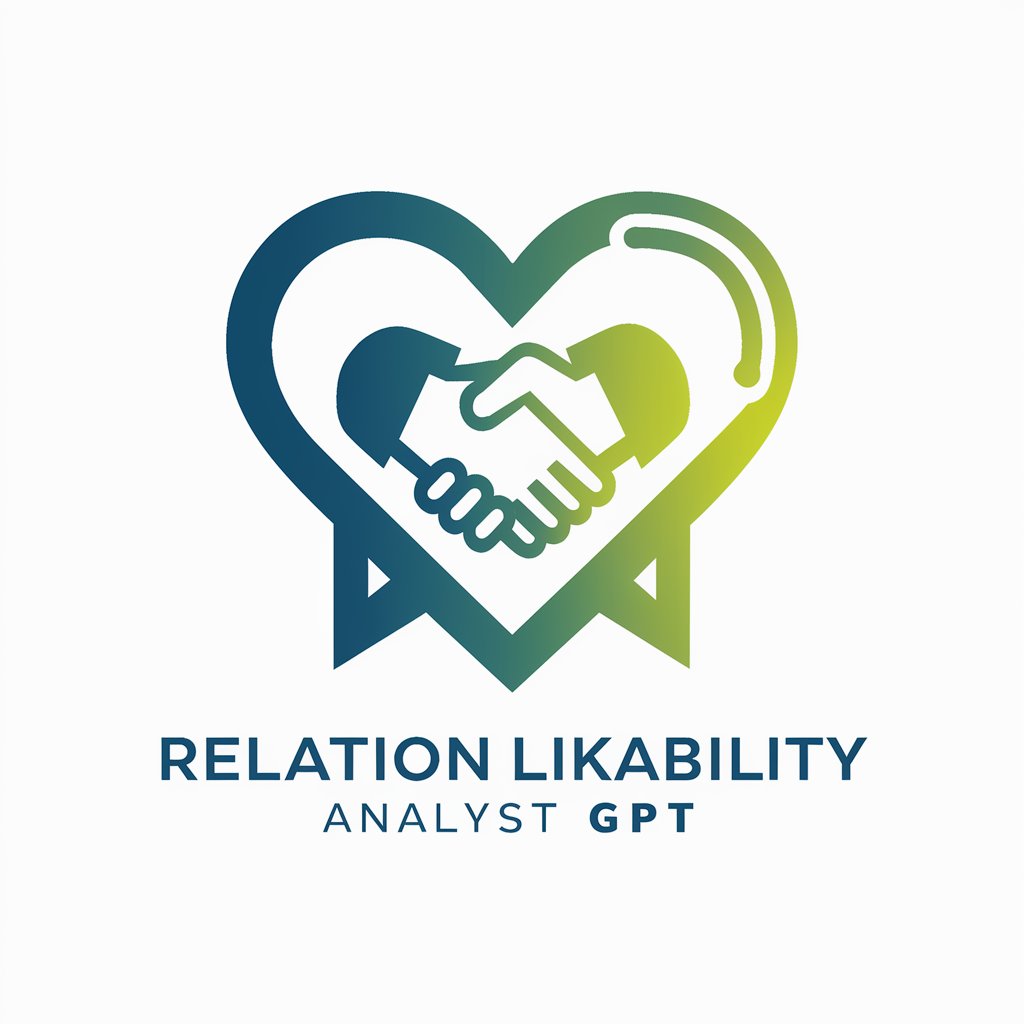
Relation Builder Pro
Building Better Relationships, Powered by AI
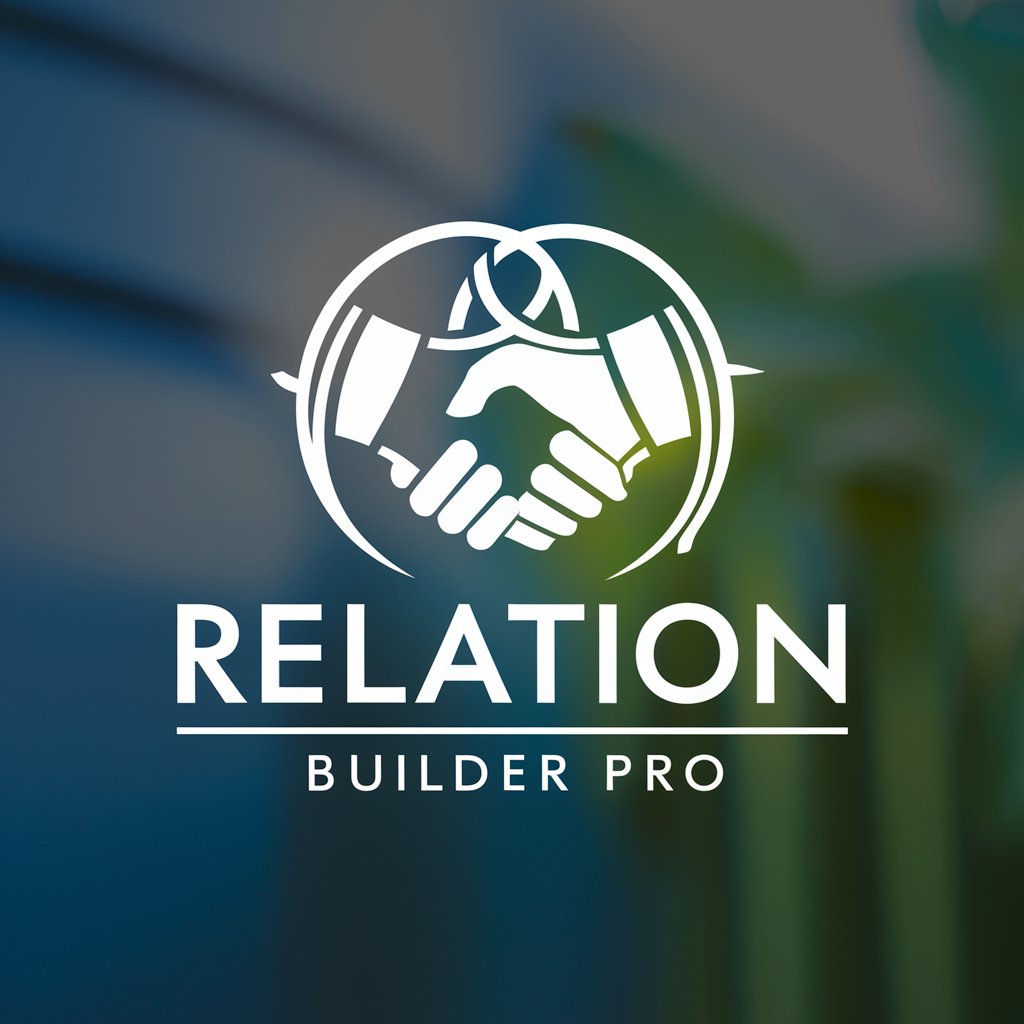
DHS ONC Final Rule
Empowering Health IT with AI-driven Interoperability
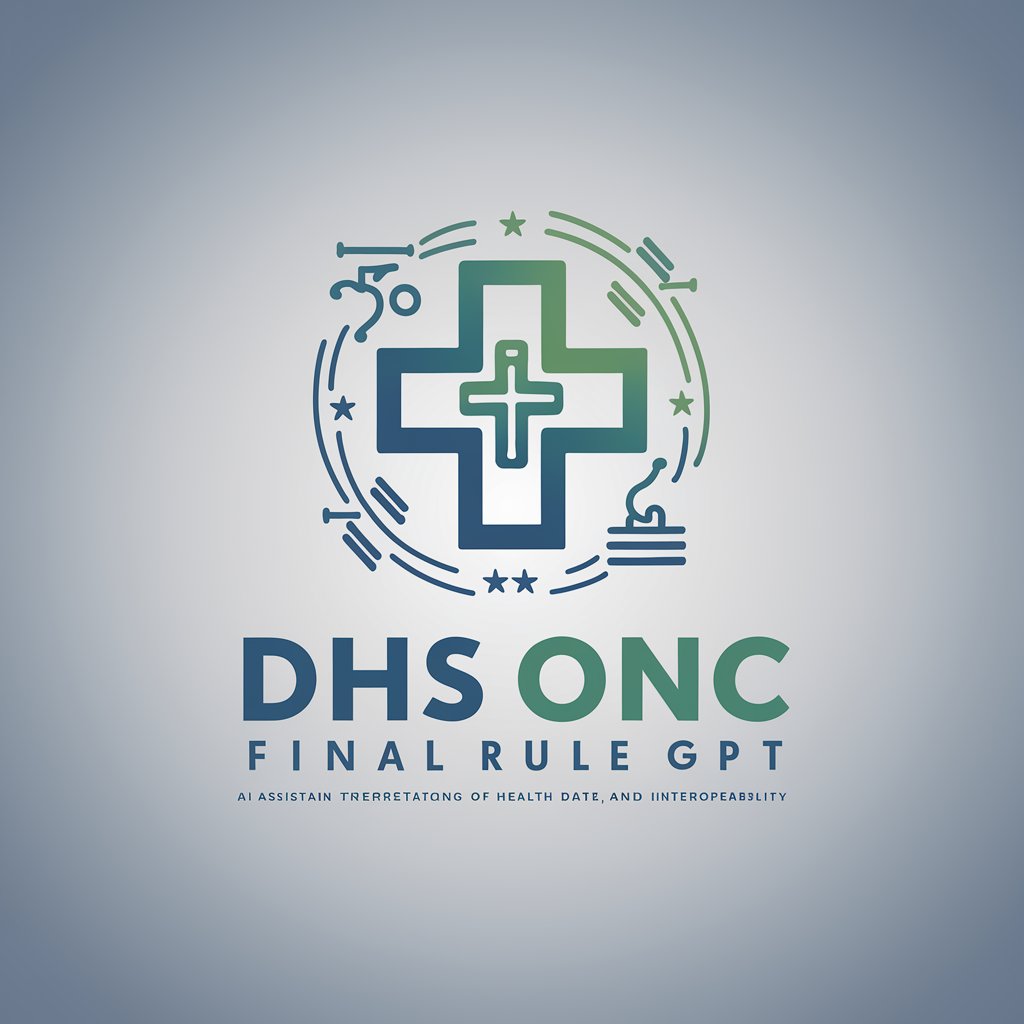
Final Moments
Bringing History to Life with AI

Final Verdict
Mastering Humor in Advertising with AI

Harmony Relation
Empowering Relationships with AI
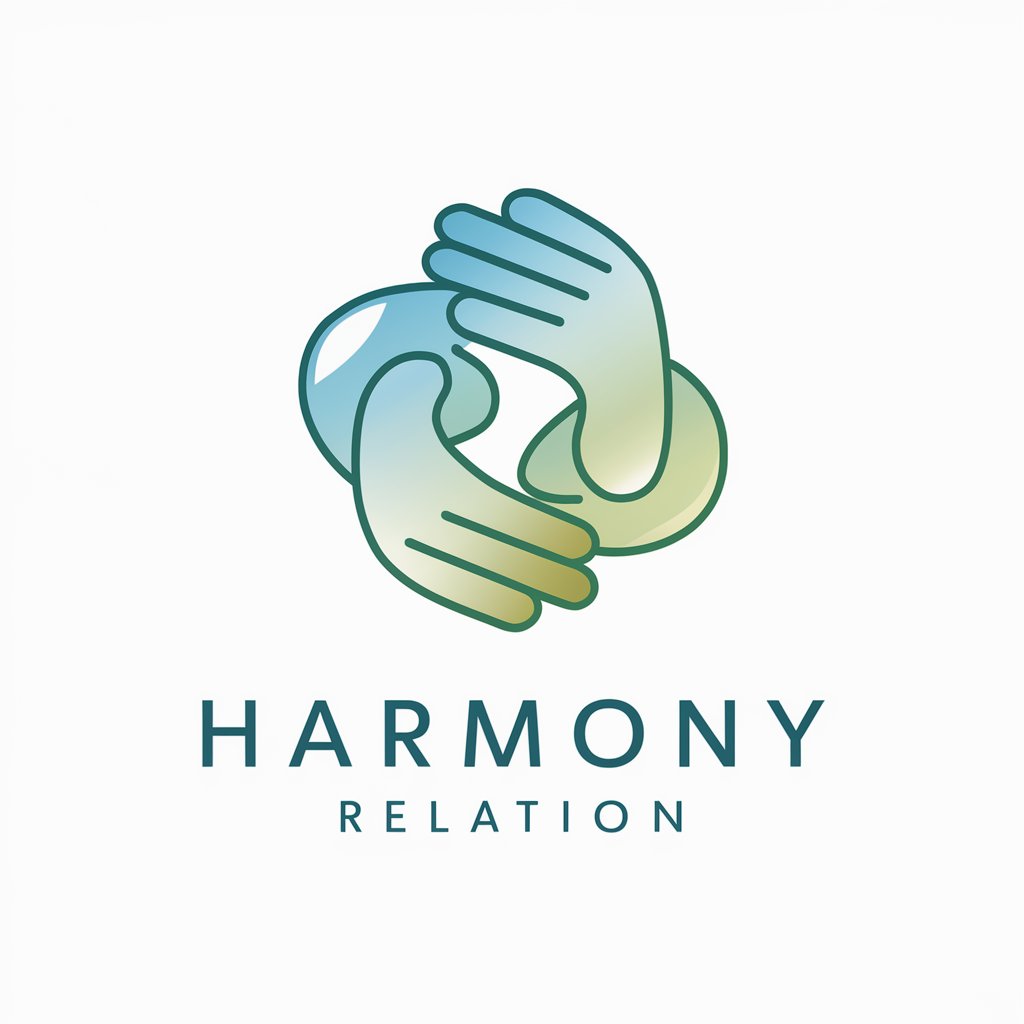
Labor Relations
AI-Powered Workplace Solutions
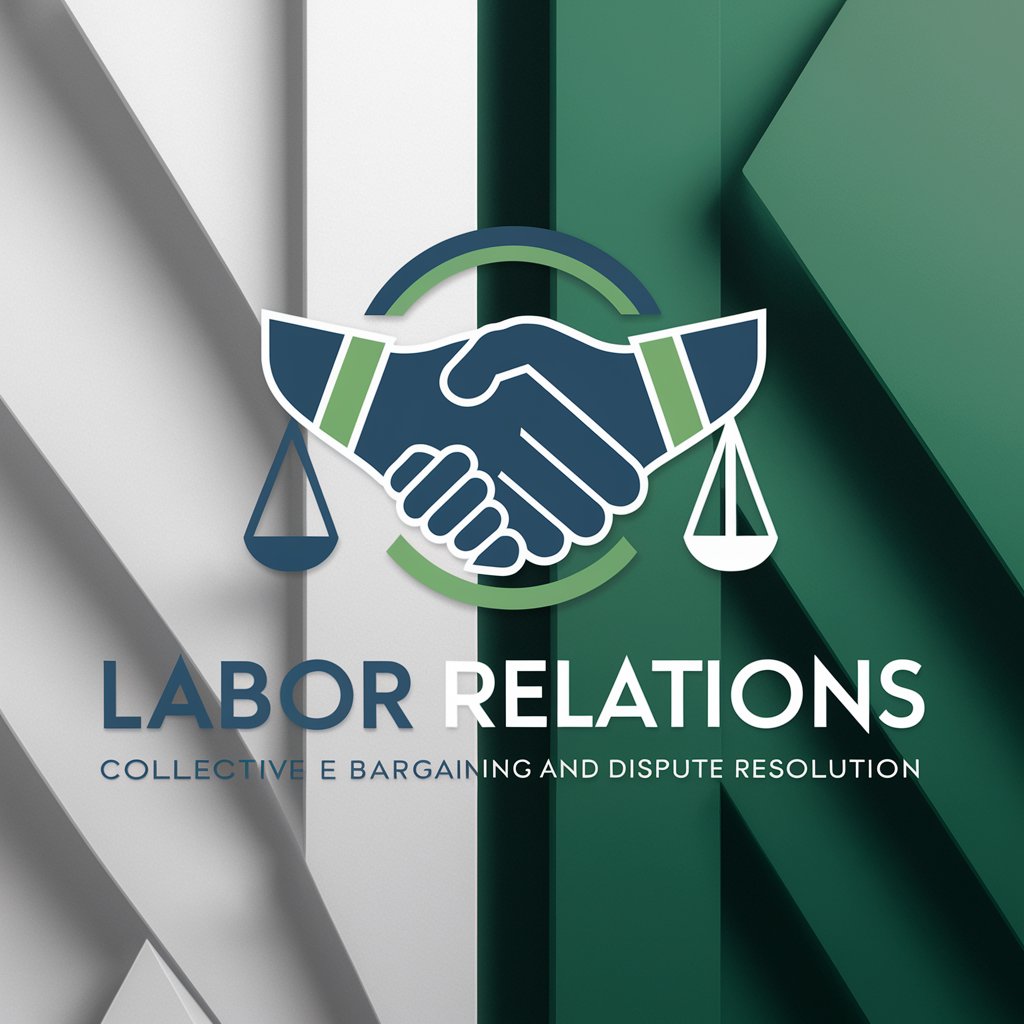
Investor Relations
Empower Your Investor Communications with AI
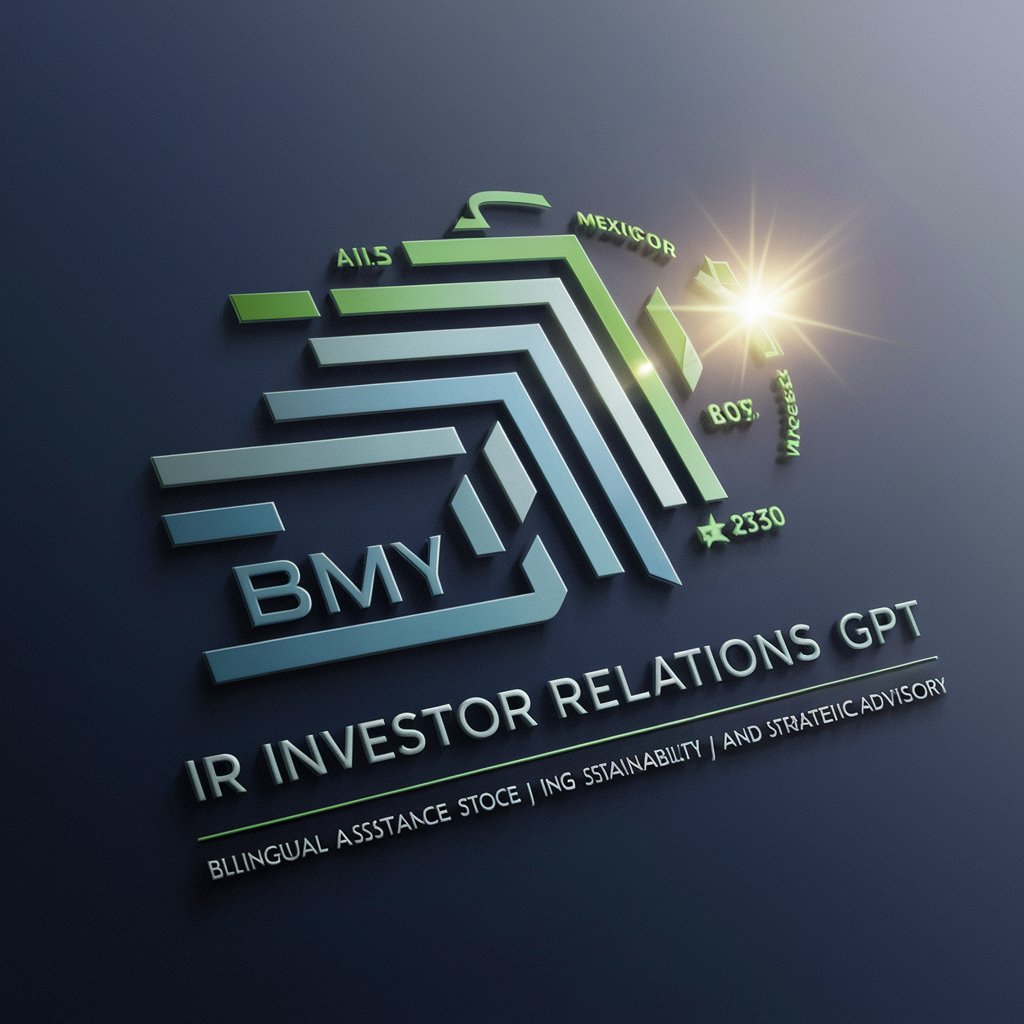
AI and International Relations GPT
Navigating AI's Impact on Global Politics

Vinyl Way - Relation Client
Empowering Vinyl Enthusiasts with AI

Meditation routine
Empower Your Mind, Enhance Your Life

In-Depth Q&A on Public Relations
What is the primary goal of Public Relations?
The primary goal of Public Relations is to build and maintain a positive image for a company or individual, manage the communication process with the public, media, and other stakeholders, and navigate through crises or challenges effectively. It's about fostering good relationships and ensuring the intended message is conveyed clearly and positively.
How does crisis management work in PR?
Crisis management in PR involves preemptive planning and swift action. This includes having a crisis communication plan in place, being transparent and accountable in communications, monitoring the situation closely, and adapting the response as necessary. The aim is to mitigate damage to reputation and maintain trust with stakeholders.
Can PR help in improving search engine visibility?
Yes, effective PR strategies can significantly boost search engine visibility. By generating positive news coverage, engaging content, and strong backlinks from reputable sites, PR efforts can enhance online presence and SEO rankings, making it easier for audiences to find and engage with your brand.
What role does social media play in PR?
Social media is a critical tool in modern PR strategies. It offers a direct line of communication with the audience, allows for real-time engagement, and provides a platform for sharing content, monitoring public sentiment, and managing crises. It's pivotal for brand building, reputation management, and stakeholder engagement.
How do you measure the success of PR campaigns?
Success is measured through a combination of qualitative and quantitative metrics, including media coverage quality and quantity, audience engagement rates, sentiment analysis, brand awareness, and ultimately, the impact on business goals. Tools and platforms that provide analytics and insights are essential for tracking performance.
